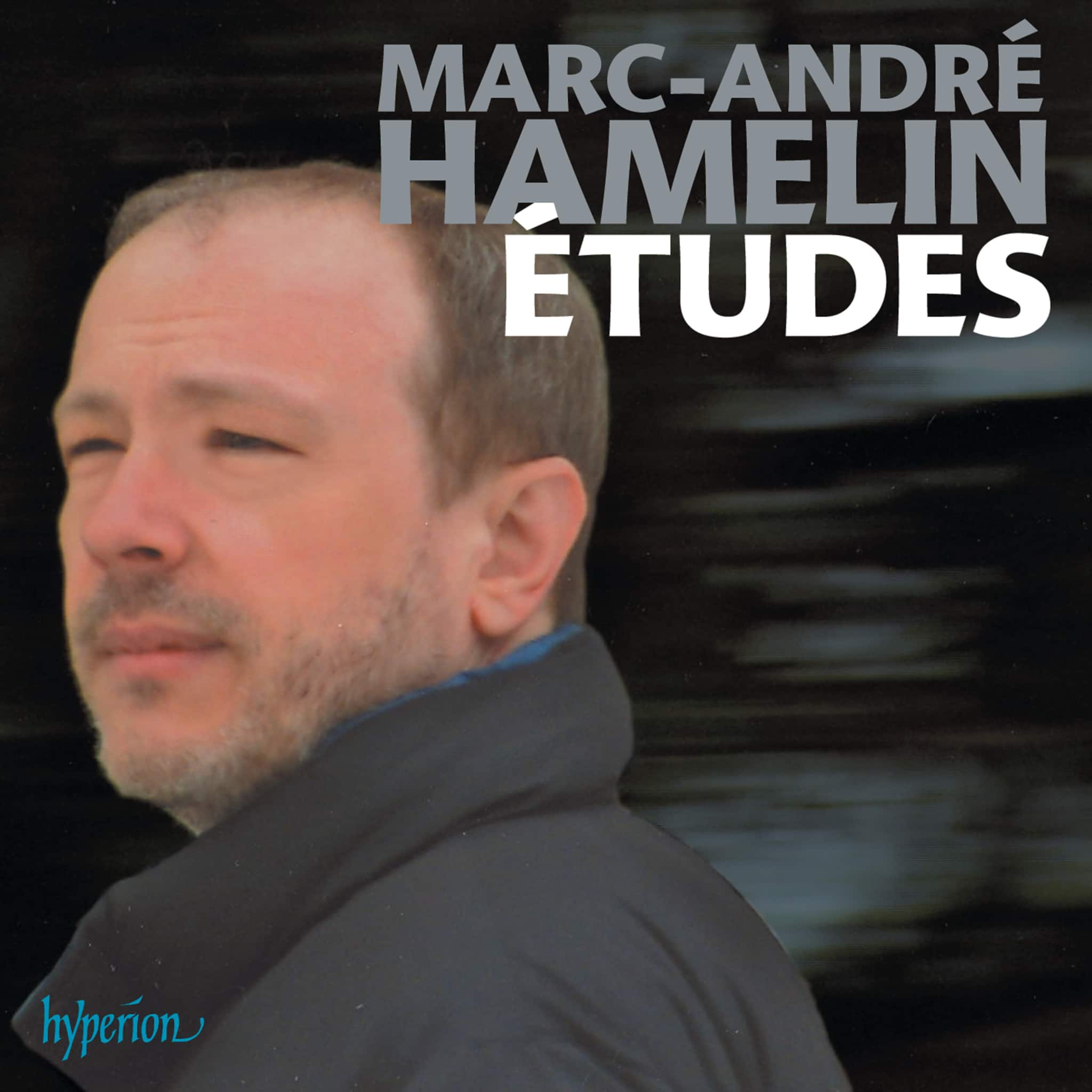Album insights
Bei seinem ersten London-Aufenthalt während der Konzertsaison 1791/92 erzielte Haydn solch großen Erfolg, dass eine Rückkehr für die nächste Saison gewünscht wurde. Nach 18 Monaten in England erwartete der dort ansässige Konzertveranstalter Johann Peter Salomon Haydns Wiederkehr für die neue Abonnementsaison 1793. Gesundheitliche Beschwerden und die politische Situation in Europa verhinderten jedoch Haydns rechtzeitige Anreise. Ein Jahr später fühlte er sich kräftig genug und traf 1794 in London ein. Trotz kriegsbedingter Reiseschwierigkeiten und dem Verpassen des ersten Konzerts stellte er seine Sinfonie Nr. 99 erfolgreich vor. Auch seine Sinfonie Nr. 101 wurde in London aufgeführt und von der Presse wohlwollend aufgenommen. In Haydns künstlerischer Karriere markierte besonders die Komposition der Sinfonie Nr. 101 einen bedeutenden Meilenstein. Sie wurde für ihren ausgedehnten, beeindruckenden Einleitungssatz und ihre innovative Struktur geschätzt. Sowohl das Menuett als auch das abschließende Sonatenrondo dieser Sinfonie verdeutlichten Haydns schöpferische Neuerungskraft. Die Sinfonie Nr. 102 kam bei Opernkonzerten im King's Theatre zur Aufführung, wo während der Premiere ein Zwischenfall mit einem herabfallenden Kronleuchter stattfand. Die Pressestimmen lobten Haydns Kompositionen bei diesen Veranstaltungen, insbesondere das Finale der Sinfonie Nr. 102. Zwei Monate nach der Sinfonie Nr. 102 vermählte sich der britische Thronerbe, was musikalische Feierlichkeiten nach sich zog. Darunter befand sich Haydns vielgepriesene "Ouvertüre zu einer englischen Oper", die später für eine seiner unveröffentlichten Opern Verwendung fand. Seine musikalischen Beiträge zu einem Maskenspiel am Theatre Royal unterstrichen Haydns künstlerische Vielseitigkeit und die Wertschätzung, die ihm zu jener Zeit entgegengebracht wurde.






